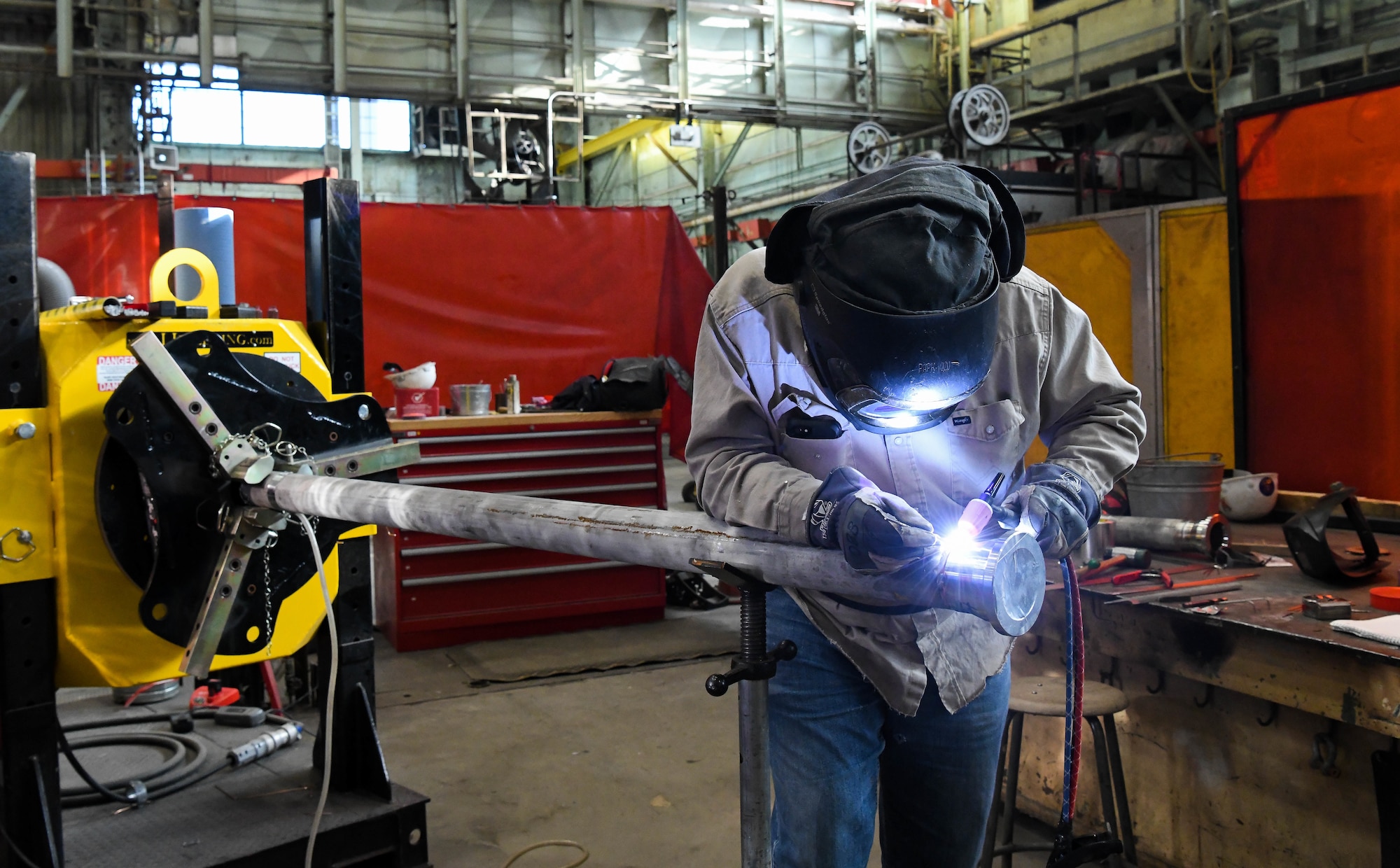Achieving Welding Quality: Revealing the Keys of WPS Application and Optimization
In the realm of welding, accomplishing excellence is a quest that pivots on the thorough implementation and optimization of Welding Procedure Specs (WPS) By diving into the crucial aspects, strategies, obstacles, and finest practices linked with WPS, a globe of welding quality waits for those that are ready to discover its depths.
Value of WPS in Welding
The Relevance of Welding Treatment Requirements (WPS) in the welding industry can not be overstated, working as the foundation for making certain consistency, high quality, and security in welding procedures. A WPS supplies in-depth instructions on exactly how welding is to be performed, including important variables such as materials, welding processes, joint layout, filler metals, preheat and interpass temperature levels, welding currents, voltages, travel rates, and more. By sticking to a well-defined WPS, welders can preserve harmony in their work, causing consistent weld high quality across different jobs.

Key Elements of WPS
Reviewing the essential parts of a welding procedure spec (WPS) is important for recognizing its function in welding procedures. A detailed WPS consists of numerous vital aspects that guide welders in achieving high quality and uniformity in their job. One critical facet of a WPS is the welding process requirements, which lays out the details welding processes to be made use of, such as gas tungsten arc welding (GTAW) or secured steel arc welding (SMAW) In addition, the WPS includes information on the welding products, such as the type and specifications of the base metal and filler steel to be utilized. The WPS likewise defines essential variables like welding specifications, interpass and preheat temperature level needs, and post-weld heat therapy procedures. In addition, it includes information on joint layout, fit-up, and any kind of unique methods or safety measures needed for the welding procedure. By including these crucial elements into the WPS, welding treatments can be standard, ensuring high quality, performance, and safety in welding operations.
Techniques for WPS Optimization

Secondly, training and qualification of welding employees according to the details requirements of the WPS is vital. Offering comprehensive training programs and making certain that welders are accredited to perform procedures detailed in the WPS can cause greater quality welds and minimized rework.
Furthermore, leveraging innovation such as welding software and monitoring systems can help in enhancing WPS. These tools can help in monitoring variables, making sure criteria are within defined restrictions, and supplying real-time feedback to welders, allowing them to make prompt changes for enhanced weld quality.
Typical Difficulties and Solutions
Facing barriers in carrying out the strategies for WPS optimization can hinder welding operations' effectiveness and top quality. One typical obstacle is insufficient training or understanding of the welding procedure requirements (WPS) amongst the welding team.
An additional obstacle is the lack of correct paperwork and record-keeping, which is vital for WPS optimization. Without clear records of welding specifications, materials utilized, and examination outcomes, it becomes challenging to recognize locations for enhancement and make sure uniformity in welding procedures. Carrying out a durable paperwork system, such as electronic welding monitoring software application, can help improve record-keeping and facilitate data evaluation for continual renovation.
In addition, inconsistent welding devices calibration and upkeep can present a significant challenge to WPS optimization. Normal tools checks, calibration, and upkeep timetables must be adhered to purely to make certain that welding specifications are accurately controlled and kept within the specified tolerances (welding WPS). By resolving these common difficulties with proactive options, welding procedures can improve performance, quality, and overall welding excellence
Ideal Practices for WPS Implementation
To guarantee effective discover here WPS implementation in welding procedures, adherence to market criteria and precise interest to detail are paramount. When launching WPS execution, it is critical to begin by thoroughly recognizing the particular welding demands of the task. This requires a thorough review of the welding procedure specs, products to be welded, and the environmental conditions in which the welding will certainly occur.
As soon as the needs are clear, the following step is to choose the ideal welding procedure that lines up with these requirements. This includes getting in touch with the appropriate codes and criteria, such as those provided by the American Welding Society (AWS) or the International Organization for Standardization (ISO), to guarantee conformity and top quality.
Moreover, documenting the entire WPS execution procedure is necessary for traceability and quality assurance. Comprehensive documents need to be kept relating to welding parameters, material prep work, preheat and interpass temperature levels, welding consumables used, and any kind of discrepancies from the original procedure. Regular audits and evaluations of the WPS can assist identify locations for improvement and make certain ongoing optimization of the welding process.


Final Thought
In conclusion, the execution and recommended you read optimization of Welding Procedure Specifications (WPS) is critical for accomplishing welding excellence. By recognizing the vital elements of WPS, applying effective methods for optimization, addressing usual difficulties, and complying with ideal techniques, welders can make certain top notch welds and risk-free working problems. It is crucial for experts in the welding sector to prioritize the proper application of article WPS to enhance general welding performance and accomplish preferred outcomes.
The Relevance of Welding Treatment Specifications (WPS) in the welding industry can not be overstated, serving as the foundation for ensuring uniformity, top quality, and safety and security in welding procedures. A WPS gives comprehensive directions on how welding is to be brought out, including necessary variables such as materials, welding procedures, joint layout, filler steels, interpass and preheat temperature levels, welding currents, voltages, traveling speeds, and a lot more. One essential element of a WPS is the welding procedure specification, which details the particular welding procedures to be used, such as gas tungsten arc welding (GTAW) or shielded metal arc welding (SMAW) By incorporating these essential elements into the WPS, welding treatments can be standard, making sure high quality, effectiveness, and safety in welding procedures.
It is essential for professionals in the welding sector to focus on the appropriate implementation of WPS to enhance total welding efficiency and achieve desired end results.